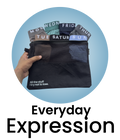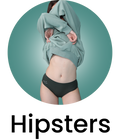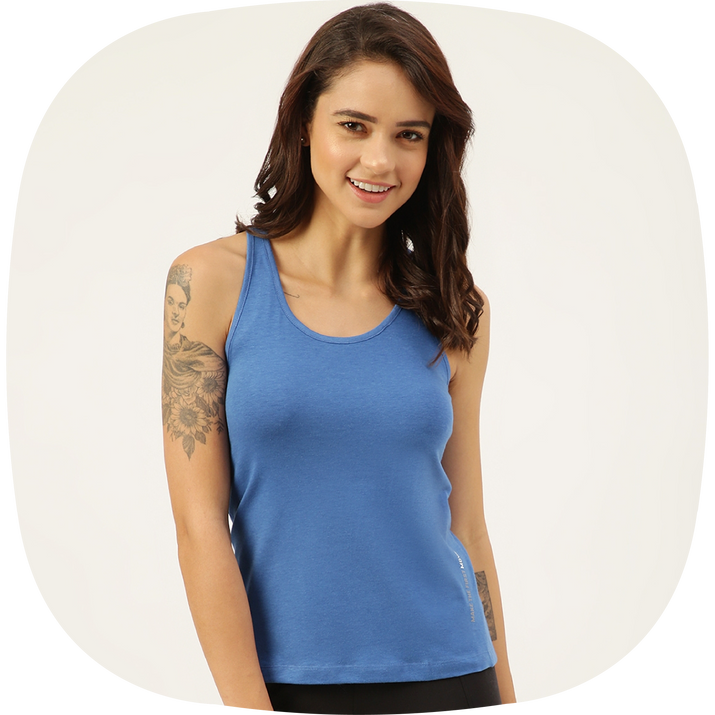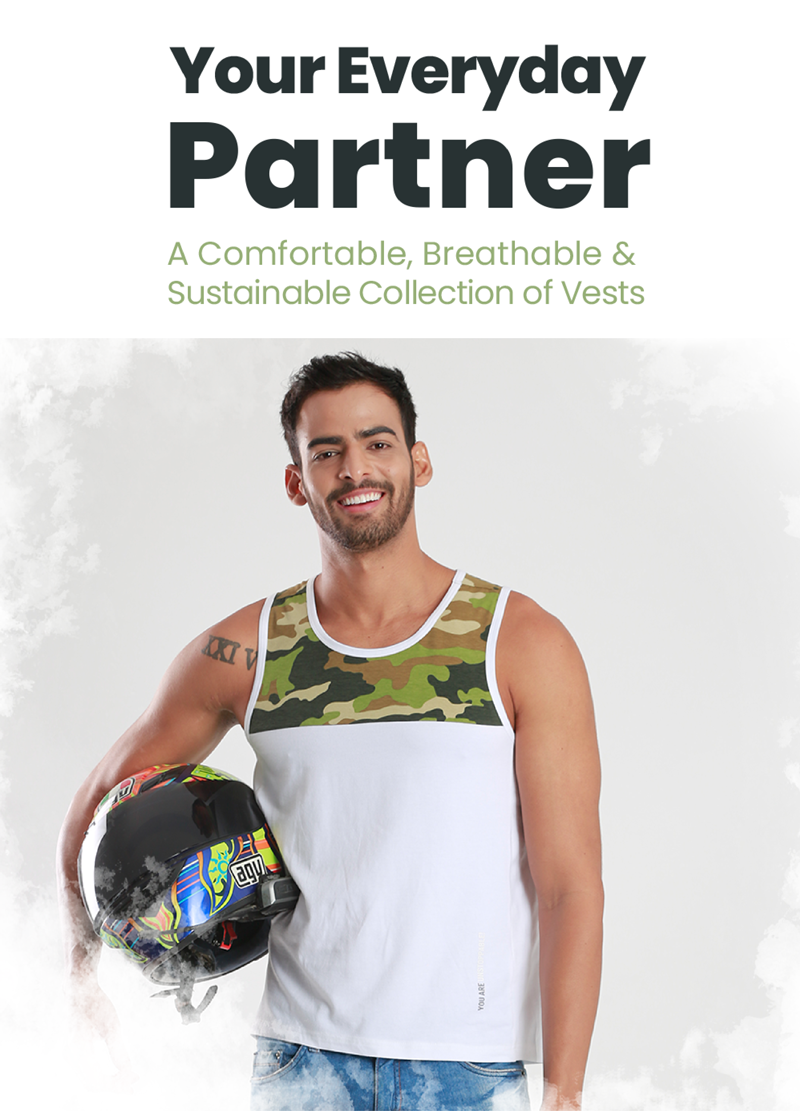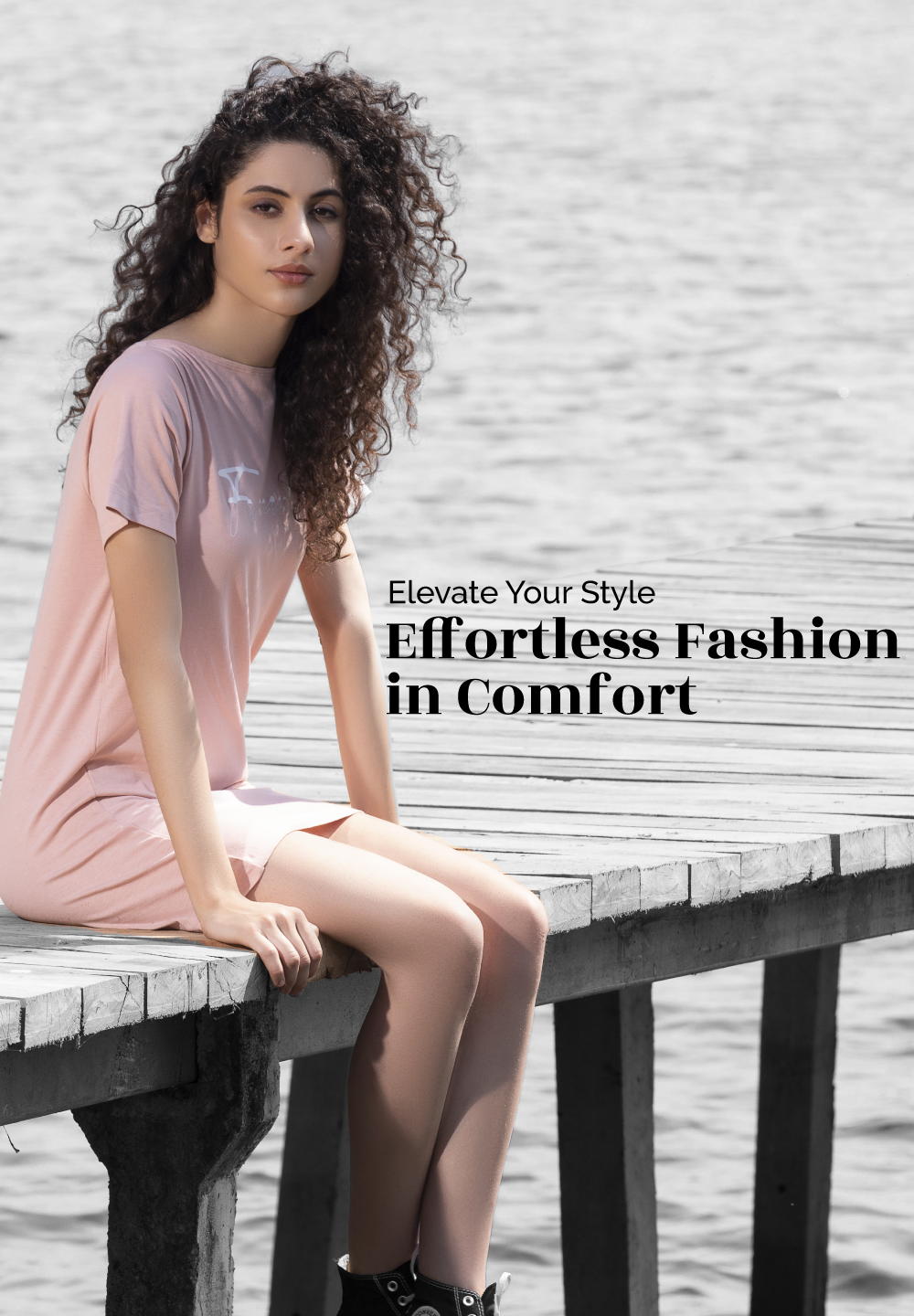The quest for ultimate comfort and style often leads women to a crossroads: the classic tank top versus the increasingly popular comfort vest. As athleisure blurs the lines between workout wear and everyday attire, understanding the nuances of each garment becomes crucial. This exploration dives into a detailed comparison, weighing factors like breathability, support, layering potential. Stylistic versatility. We'll dissect the pros and cons, considering how innovations in fabric technology, such as moisture-wicking materials and seamless construction, are reshaping both categories. Ultimately, we aim to equip you with the knowledge to make an informed decision based on your individual needs and lifestyle, moving beyond trends and focusing on lasting value.

Defining Women's Tank Tops and Comfort Vests
Before diving into the comparison, let's establish clear definitions of what we mean by "women's tank tops" and "comfort vests." These seemingly simple garments come in a wide array of styles, materials. Intended uses.
- Women's Tank Top: A sleeveless shirt with varying strap widths and necklines. Tank tops are typically made from lightweight materials like cotton, linen, rayon, or synthetic blends. They are versatile and can be worn as standalone tops, layering pieces, or workout attire. The key features are the absence of sleeves and a design focused on breathability and freedom of movement.
- Comfort Vest: A broader category that encompasses vests designed for maximum comfort, often worn as an underlayer or as loungewear. Comfort vests can be made from soft, breathable materials like modal, bamboo, or high-quality cotton. They often feature a closer fit than traditional tank tops and may offer features like built-in shelf bras for light support. The emphasis is on providing a comfortable, supportive. Often seamless feel against the skin.
Pros and Cons of Women's Tank Tops
Tank tops are a wardrobe staple for many women. Their popularity stems from their versatility and practicality. They also have their drawbacks.
Pros:
- Versatility: Tank tops can be dressed up or down. They can be paired with jeans for a casual look, layered under a blazer for a more polished outfit, or worn during workouts.
- Breathability: The sleeveless design allows for excellent airflow, making tank tops ideal for warm weather or intense physical activity.
- Affordability: Tank tops are generally inexpensive, making them an accessible option for building a wardrobe.
- Wide Availability: Tank tops are readily available in a wide range of styles, colors. Materials from various retailers.
- Easy to Care For: Most tank tops are machine washable and require minimal ironing.
Cons:
- Limited Support: Tank tops typically offer minimal support, especially for women with larger busts. This may require wearing a bra underneath, which can detract from the overall comfort and style.
- Exposure: The sleeveless design can expose the shoulders and upper arms to the sun, requiring sunscreen application. Some may also feel self-conscious about showing their arms.
- Not Always Appropriate: Some workplaces or formal settings may not consider tank tops to be appropriate attire.
- Material Quality Variations: The quality of tank tops can vary significantly depending on the price and brand. Cheaply made tank tops may lose their shape, fade, or develop holes quickly.
Pros and Cons of Comfort Vests
Comfort vests are designed with a focus on providing a comfortable and supportive experience. They often prioritize soft materials and seamless construction.
Pros:
- Superior Comfort: Comfort vests are typically made from ultra-soft, breathable materials like modal or bamboo, providing a luxurious feel against the skin.
- Supportive Design: Many comfort vests feature built-in shelf bras or supportive panels, offering light to moderate support without the need for a separate bra.
- Seamless Construction: Seamless construction minimizes chafing and irritation, making comfort vests ideal for sensitive skin or all-day wear.
- Smoothing Effect: The close fit of comfort vests can provide a smoothing effect under clothing, creating a more streamlined silhouette.
- Layering Potential: Comfort vests can be worn as a base layer under other clothing, providing warmth and a smooth foundation.
Cons:
- Higher Price Point: Comfort vests are generally more expensive than basic tank tops, reflecting the higher quality materials and construction.
- Limited Style Options: Comfort vests may come in fewer style options compared to the wide variety of tank tops available.
- Potential for Overheating: The closer fit of comfort vests may trap heat, making them less ideal for very hot weather or intense physical activity.
- Sizing Issues: Finding the right size can be challenging, as comfort vests often rely on specific measurements to provide the optimal fit and support.
- Durability Concerns: While the materials are often high-quality, the delicate nature of some comfort vest fabrics may make them more prone to damage with frequent washing or wear.
Material Matters: A Deeper Dive
The material used in both tank tops and comfort vests significantly impacts their comfort, performance. Durability. Here's a closer look at some common materials:
- Cotton: A natural fiber that is breathable, absorbent. Affordable. But, cotton can shrink, wrinkle easily. May not be as moisture-wicking as synthetic options.
- Modal: A semi-synthetic fiber made from beech tree pulp. Modal is incredibly soft, lightweight. Resistant to shrinking and fading. It also drapes beautifully and is more moisture-wicking than cotton.
- Bamboo: A natural fiber known for its softness, breathability. Antibacterial properties. Bamboo is also sustainable and eco-friendly.
- Rayon: A semi-synthetic fiber that drapes well and is often used to create silky-smooth fabrics. Rayon can be prone to shrinking and wrinkling.
- Polyester: A synthetic fiber that is durable, wrinkle-resistant. Moisture-wicking. Polyester is often blended with other fibers to improve their performance.
- Spandex (Elastane): A synthetic fiber known for its exceptional elasticity. Spandex is often added to tank tops and comfort vests to provide a snug, supportive fit.
Real-World Applications and Use Cases
The choice between a tank top and a comfort vest depends largely on the intended use. Here are some real-world scenarios:
- Everyday Wear: For casual everyday wear, a tank top may be a more versatile and affordable option. It can be easily paired with jeans, shorts, or skirts.
- Workouts: For workouts, a moisture-wicking tank top made from synthetic materials is ideal for keeping you cool and dry.
- Loungewear: For lounging at home, a comfort vest made from modal or bamboo provides unparalleled comfort and support.
- Layering: Both tank tops and comfort vests can be used for layering. A thin tank top can be worn under a sweater or jacket for added warmth, while a comfort vest can provide a smooth base layer under form-fitting clothing.
- Travel: When traveling, comfort vests can be a comfortable and supportive option for long flights or train rides. Look for options with built-in shelf bras to minimize the need for additional undergarments.
Making the Right Choice for You
Ultimately, the best choice between a women's tank top and a comfort vest depends on your individual needs, preferences. Lifestyle. Consider the following factors when making your decision:
- Intended Use: What activities will you be wearing the garment for?
- Comfort Level: How vital is comfort to you?
- Support Needs: Do you require a lot of support, or is light support sufficient?
- Budget: How much are you willing to spend?
- Personal Style: Which style best suits your personal aesthetic?
By carefully considering these factors, you can choose the garment that will provide the best combination of comfort, support. Style for your needs. And remember, you don't have to choose just one! Having a variety of both tank tops and comfort vests in your wardrobe allows you to be prepared for any occasion.
For those looking for comfortable and stylish options, consider exploring underskin options for a seamless and supportive experience. This style prioritizes a smooth, comfortable fit, making it a great alternative to traditional tank tops, especially when seeking a more supportive and streamlined silhouette.
Conclusion
Choosing between a women's tank top and a comfort vest truly boils down to understanding your personal needs and lifestyle. We've explored the breathability and freedom of movement offered by tank tops, perfect for workouts or warm days. Conversely, comfort vests provide that extra layer of support and coverage, ideal for layering or when you desire a bit more modesty. The key takeaway is adaptability. Don't limit yourself to one or the other! I often find myself reaching for a tank top during my morning yoga sessions, then switching to a comfort vest when I head out for errands later in the day. Consider your daily activities and choose accordingly. Ultimately, the "best" choice is the one that makes you feel most comfortable and confident. Experiment with different styles and fabrics to find what works best for you. Remember that Freecultr offers a range of options in both categories, so you're sure to find something that suits your needs. Embrace the versatility and enjoy the freedom to choose what makes you feel your best!
FAQs
Okay, so what really is the difference between a tank top and a comfort vest? I'm always a little confused!
Great question! The main difference boils down to purpose and design. Tank tops are generally more fashion-forward, meant to be seen as part of an outfit. Comfort vests, on the other hand, often prioritize, well, comfort! They tend to have wider straps, more coverage (think built-in bra support or a longer length). Are frequently worn as an undershirt or loungewear.
When would I choose a tank top over a comfort vest. Vice versa?
Think about the occasion! For a casual summer look with jeans or shorts, a tank top is perfect. If you're hitting the gym or just want something comfy to wear around the house, a comfort vest is probably the better choice. It's all about what you need it for!
Are comfort vests really that much more comfortable? What are the downsides?
They can be! Many comfort vests are made with soft, breathable materials like cotton or bamboo. The wider straps prevent digging. But, some comfort vests can feel a little bulky under clothes, especially if they have built-in padding. So, comfort is subjective and depends on the specific vest.
Do all comfort vests have built-in bras? What if I don't want that?
Nope, not all of them! Some are designed with built-in bra support, while others are just plain vests. Read the product description carefully before you buy! If you don't want a built-in bra, look for vests that are specifically described as 'non-padded' or 'layering vests'.
Tank tops can be pretty revealing, right? Are there any that offer more coverage?
Absolutely! Tank tops come in all shapes and sizes. Look for tank tops with thicker straps, higher necklines (like a mock neck), or longer lengths if you want more coverage. Racerback tank tops also tend to offer more coverage in the back than spaghetti strap versions.
So, what about layering? Which one is better for that?
Both can work for layering. It depends on the look you're going for. A simple tank top is great under a cardigan or blazer. A comfort vest is good under a t-shirt or sweater when you want an extra layer of warmth and support. Just make sure the straps aren't peeking out in an unflattering way!
Okay, last one: Are either of these considered 'shapewear'? Or do I need something else entirely?
Generally, no. While some comfort vests might offer a little bit of smoothing, neither tank tops nor comfort vests are typically designed as shapewear. If you're looking for serious shaping, you'll need to invest in dedicated shapewear garments.

